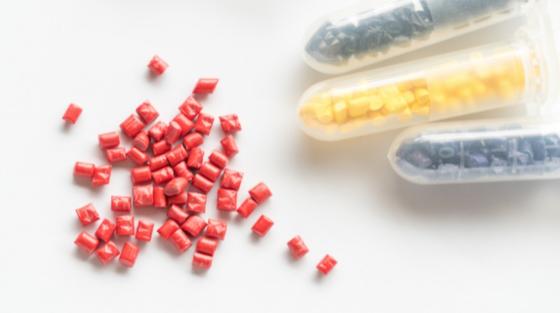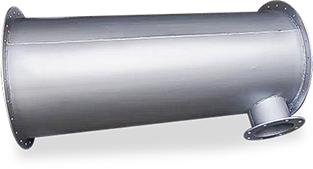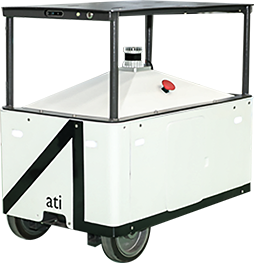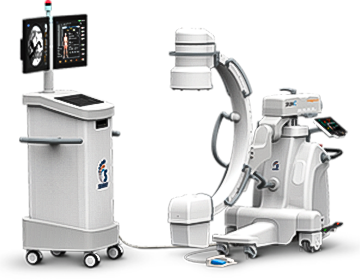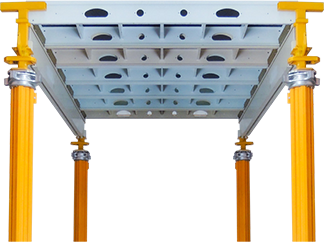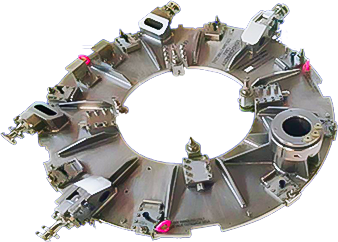
For successful injection molding, below are the five know-hows that everybody must know
1. Consider shrinkage factor to achieve part of required size
Upon cooling, the thermoplastic material shrinks. If the mold is designed considering only the part size, then the molded part will have size less than the required size due to shrinking. Therefore, mold core and mold cavity must have size greater than the required size. Consider adding shrinkage factor to mold core and mold cavity during the design.
- Amorphous material shrinks in an isotropic manner. While semi-crystalline materials shrink in anisotropic manner.
- Every material has a different shrinkage factor. Mold must be designed considering the shrinkage factor of the material.
- The raw material should be processed with correct parameters to get the recommended shrinkage.
2. Abrupt change in wall thickness may lead to sink marks in injection molding parts
Wall thickness of the part plays an important role in determining the cooling time of the molded part. A thick part will take more time to cool as compared to the thin part. Why? There is a relationship between thickness of the part and the cooling time. As the thickness doubles, the cooling time will quadruple. This relationship is obtained from a one-dimensional heat conduction equation. The heat flows from the center of the thickness towards the cooling channel as shown in below figure.

If there is an abrupt change in the thickness of the part, the thinner section will cool faster and the thicker section will cool slower. This uneven cooling can lead to defects like sink marks (a dimple on the surface) at the interface of thick and thin section. The center of the thin section cools before the center of the thick section cools. When the center of the thick section cools, it itself shrinks and it also shrinks the already solidified thin section.
3. Inadequate clamping force generates flash in injection molding parts

From the injection phase till the cooling phase, the two halves of the mold must come together so that mold will be closed. Only then, the molten polymer can take the desired shape. An injection molding machine can’t be randomly selected. The machine must generate adequate clamping force required to close the mold. The clamping force must be calculated before selecting the machine. If the selected machine provides clamping force less than required then the mold halves will not remain closed properly during injection and therefore flash and other defects will occur for the molded part. If the selected machine provides clamping force more than required then it can damage the mold. Also, machines with high clamping force will incur more costs.
4. Short shots will take place even if runner is geometrically balanced
Geometrically Balanced Runner System: Runners must be designed in a way that all the cavities in the mold must fill in equal time and at equal pressure. Uneven filling can lead to quality issues. Equal filling can be done by geometrically balancing the runner system. Each cavity is at an equal length from the sprue.

Beaumont Effect: To avoid uneven filling of cavities, a geometrically balanced runner system is incorporated. But even after incorporating this system, uneven filling of cavities still exists due to rheology of the polymer. The flow of the polymer is laminar during injection molding as shown in below figure.

The outer layer of the fluid will be less viscous than the layer present at the centre. This happens due to high shear rate and viscous energy dissipation. This is shown in the runner cross-section in the figure below. Fill imbalance begins when the fluid enters the runner branches. At the one extreme end, the viscosity is low as compared to the centre and the other end. See the figure below. Due to this, the inner cavities fill faster than the outer cavities. It can lead to short shots – an incompletely filled cavity.

This phenomenon happens for a mold with more than four cavities. This phenomenon of fill imbalance in a geometrically balanced runner was first discovered by John Beaumont. Beaumont developed MeltFlipper to address this issue. Have a look at the video of MeltFlipper.
To understand the science behind this imbalance, read Robust Process Kulkarni and Master Thesis Takarada.
5. Shot capacity is not the same as shot volume
Shot Volume: The volume of material required to mold the part.
Shot Capacity: The maximum volume of material that can be injected in one single shot by the injection molding machine is known as shot capacity.
The shot capacity must always be greater than the shot volume. If the shot capacity is less than the shot volume then the required amount of material is not available to mold the part. The shot volume must be a fraction of shot capacity. Experts suggest selecting a machine in a way that shot volume lies between 20% and 80% of the shot capacity.
Also, shot size is not the same as shot volume. Shot size is the distance between the screw back position and screw zero position. See the image.
These essential 5 know-hows will empower an individual to apply DfM guidelines based on the requirements of the project and ensure successful injection molding of the part.
Let Karkhana help you with your Injection Moulding problems
If you wish to get Injection moulding expertise in your city for your manufacturing needs, Karkhana.io is one of the best options out there. Our flexible manufacturing services enable us to service client orders of all sizes from small batches to large volumes.
We serve clients everywhere in India, including in cities like Bangalore, Chennai, Delhi, Mumbai, Pune, and Hyderabad. We cater to every manufacturing need across industries like Aerospace, Automation, Automobile, Defence, Drone, Energy, EVs, FMCG, General Engineering, Medical, Oil & Gas, Pharma, and Robotics.
We also help many of our clients in solving complex product assembly and localization problems.
Our top-of-the-line Injection moulding services include world-class Die casting service, Gas assist injection moulding, Insert moulding, Liquid Silicone Rubber moulding service, Production moulding, and Urethane and Silicone casting services.Partner with us to bring speed to your manufacturing. Talk to us about your Injection moulding needs by filling up the form below or get in touch with Alay at alay@karkhana.io.
